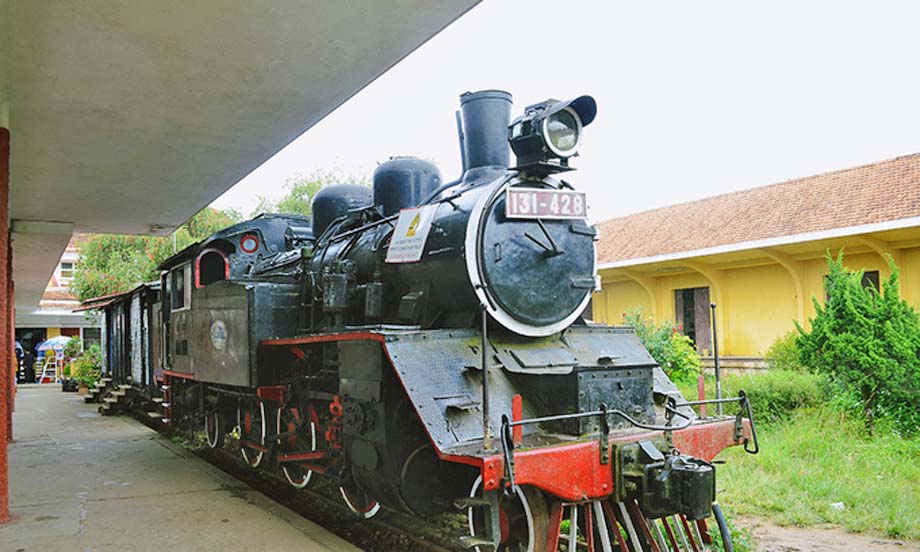
A historic railway line built by the French will be revived and pressed into service again in central Vietnam.
The line, virtually given up for dead, will be restored over a period of 10 years.
Tran Quoc Nam, vice chairman of Ninh Thuan Province on the south central coast, said the province was working with a private investor on a plan to restore the Lang Biang Cog Railway from Thap Cham to Da Lat.
The old abandoned line ran from the former coastal Champa Kingdom in Ninh Thuan to Da Lat, dubbed "Little Paris" in the Central Highlands.
The plan will be carried out in 2020-2030, he said at a meeting with Transport Ministry officials on Tuesday.
Minister Nguyen Van said the ministry endorsed the plan and believed it would boost tourism and contribute to socio-economic development in the region.
Stretching 84 kilometers from Thap Cham to Da Lat the line was built by the French from 1908 to 1932.
The route, boasting 12 stations, five tunnels, and a 14 kilometre section over a pass, was the second in the world to use a rack rail to traverse steep terrain, after the Jungfraujoch that runs across the Alps.
 The author's correct about the pass, it's named Ngoan Muc Pass, Song Pha Pass, or Bellevue Pass. As to being second in the world, more likely it was the Vitznau Rigi Bahn in Switzerland. The Mount Washington Cog Railway in New Hampshire, USA, was first. The Jungfraubahn travels up to Jungfraujoch at just over 11,000 feet elevation.
The author's correct about the pass, it's named Ngoan Muc Pass, Song Pha Pass, or Bellevue Pass. As to being second in the world, more likely it was the Vitznau Rigi Bahn in Switzerland. The Mount Washington Cog Railway in New Hampshire, USA, was first. The Jungfraubahn travels up to Jungfraujoch at just over 11,000 feet elevation.But after the French troops withdrew from Vietnam in 1954, passengers left and the tracks were dismantled by people looking to sell scrap metal.
Part of the track, a short distance of seven kilometers, has already been revived and is operated by Da Lat City as a tourism attraction.
Vietnam has recently stepped up efforts to shore up the flagging railway sector, which has been mostly neglected by policy makers who preferred to focus on the car and aviation industries.
In August 2015, the government approved an overall plan to develop railway transport in Vietnam by 2020 until 2030.
The plan has various targets, including speeding up trains from 50-60 kph to 90 kph by 2020, and starting work on a dual gauge track for high-speed trains that will run at 200 kph.
 Dual gauge HSR... I don't think so.
Dual gauge HSR... I don't think so.The railway sector served 9.4 million passengers last year, down 3.5 percent against 2017, according to the official government data.
Anh Duy.
(likely no image with original article)
(usually because it's been seen before)
provisions in Section 29 of the
Canadian Copyright Modernization Act.

